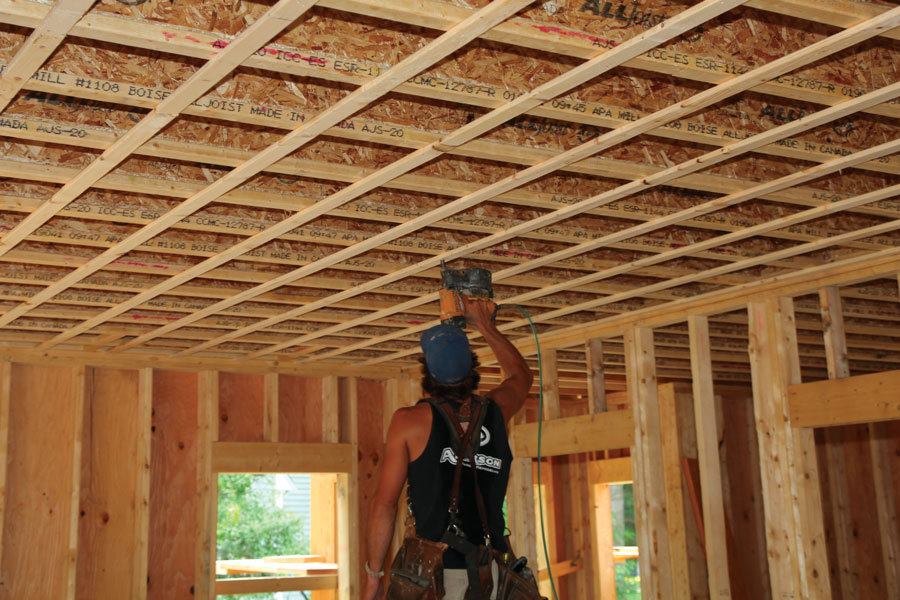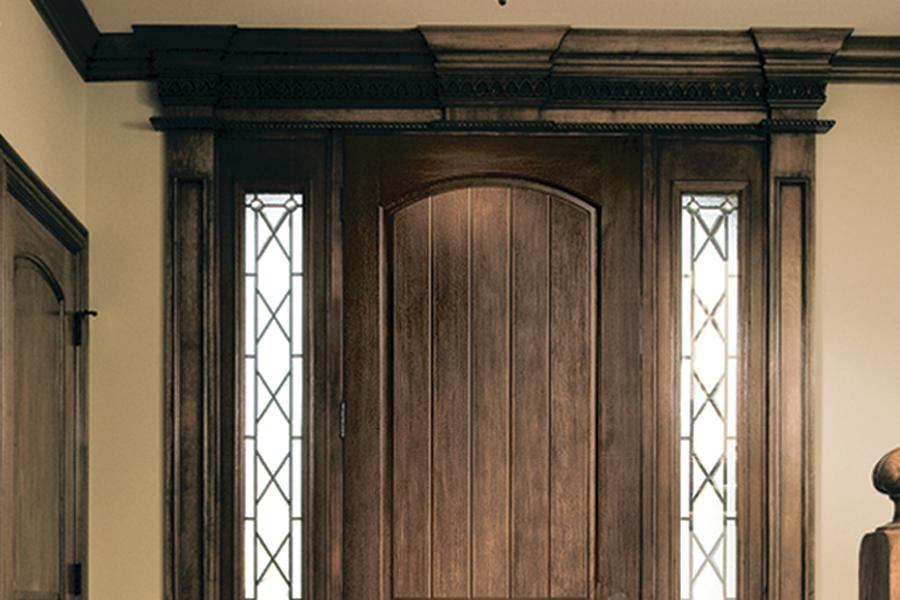Types Of Energy-Efficient Wall Construction: Which Is Best?
Table of Content
This means that the real cost to your project will come from the labor and not the materials. Low emissivity windows are windows that emit a low level of thermal energy. All materials give off some layer of heat, but Low-E windows reduce the amount using a three-pane glass method where the element Argon is placed between each layer.

Better still, SCIPs are said to be one of the strongest building materials available for wall construction. And they meet a whole bunch of codes, including those set by the American National Standards Institute. Insulated concrete forms are relatively new but are popular with contractors who recognize the value of qualifying for energy credits and other ratings.
The Top 5 Modular Home Builders in Newfoundland and Labrador
The roofing materials you choose have an impact on your overall energy efficiency. The roof’s materials help you save energy, reduce air pollution and greenhouse gas emissions, and keep your home cool without using air conditioning. With spray foam insulation, your household will use less energy all year round. This material will undergo zero framing distortion throughout time, too, because it’s waterproof and doesn’t usually produce toxic emissions. The construction of any building will find spray foam insulation as a huge plus.

Traditional BuildersIndoor AirHighly efficient fresh-air exchange system. Phantom power-loss mitigation system.Conventional designs without regard for energy efficiency or sustainability. The sustainable building includes many strategies during the design, construction, and operation of a building project. Use of the sustainable and energy-efficient green materials is a part of sustainable development. Green materials are environmentally responsible materials as they help in reducing environmental impact.
What are the different types of handrails used in bridges?
Doors and cabinets were built of panels that are made up of wheat stalks. Such panels are eco-friendly, non-toxic, and recyclable, thus contributing to the reduction of wastes. Air filtration system is provided to control the indoor air quality and also the materials that do not contain harmful components were selected for the indoor areas. About 35% of the structure's electrical load is provided from renewable energy sources.

One of the most stylish ways to make your new home energy efficient is by building it out of rammed earth. Exactly as it sounds, rammed earth is a way to create walls using dirt, and compacting it. This material is made from materials such as hemp, bamboo, and kelp. When used for insulating, it offers high moisture and heat resistance and protects against pests and mold. Plant-based polyurethane insulates better than polystyrene and fiberglass.
Building Materials For Energy-Efficient Wall Construction
The power was supplied from a regional center and natural ventilation was supported by windows that can be opened. All the gadgets with energy star indication were utilized to minimize energy usage. Ventilation culverts were provided on the windows for ventilation of spaces without window openings.
The association is working with The Dow Chemical Company, the chief manufacturer of the product, to make the panels available as insulation for attics in future residential construction. According to the California Straw Building Association, straw, if kept dry, can last for thousands of years. Straw bales bond well to stucco and plaster walls, and they provide good insulation. If you check out the material produced by the Steel Recycling Institute , you might want to skip the wood beams when building your next house. Spray foam traps more conditioned air and allows less leakage within your home. That’s why it’s the best fiberglass and cellulose insulation alternative.
Passive Solar Home Design
Since the building is located in proximity of the Sky Train, it hosts an electric vehicle charging station and bike facilities. Rainwater harvesting system was installed on the roof and the water is used at appropriate locations, such as for gardening. The building has received both LEED Platinum certificate and LEED Golden certificate.
This is an interactive report that allows you to determine your home’s energy efficiency on a scale from one to ten. In this article, we will examine the 8 best materials for energy-efficient homes. We will discuss why these materials are so efficient, what constitutes an energy-efficient home, and the pros and cons of choosing one.
Customized building integrated photovoltaic panels are used on the eastern and western facades of the structure to create electrical energy. Since SIP panel structures are airtight, they improve indoor air quality. In a SIP house, the incoming air enters through controlled ventilation. As a result, contaminants are removed from the incoming air, giving you a good cycle of quality indoor air.

It grows rapidly, so rapidly, you could see it with the naked eye. Bamboo grows one millimeter every 90 seconds, which means it replenishes at a rate that trees could never dream of. In fact, because it can be harvested annually, and self regenerates, it produces 25 times more usable material than hardwoods.
The process of building a rammed earth wall is by building barriers, much like concrete forms, that stand upright and have a space between them. This space is then filled with dirt that is compacted to 50% of its size. The process is repeated until the forms have been filled, and the wall is sturdy. An energy-efficient home does not have to have solar panels or a rainwater cache; there are no extreme boxes that a home needs to check to be considered energy efficient. The measurement of home efficiency is less of a checklist and more of a sliding scale. They are loved for their ability to save you money and save the environment.

We are a non-profit, industry-led group creating transformative change in the New Zealand building industry through education, supporting good business, and lobbying for change. Our goal is to raise standards so that all new homes are healthier and more energy efficient, while also promoting environmental, economic, and socially sustainable practices. Geothermal - Use the underground heat available on your property to heat and cool your home. Geothermal heating and cooling require a large area of land and the right conditions on your property. The cost of including geothermal and the best home system depends on your property's characteristics. Use of the sustainable material is a part of the sustainable development.
Remember, installing Energy Star-rated windows, doors and skylights can help lower your household energy bill by an average of 12%. If you’re planning to build your own energy-efficient home, you’ve likely got more on your plate than someone who plans to buy an existing house. You’re having to find the plot of land, source the materials, design the space, and more.
Every homeowner should take advantage of the new eco-friendly technological advances in home building because they're affordable, more efficient and greener. If you are building your own home or considering new materials to increase the energy efficiency of your current one, then look for ENERGY STAR rated windows. This is a label created by the National Fenestration Rating Council of the USA.
Comments
Post a Comment